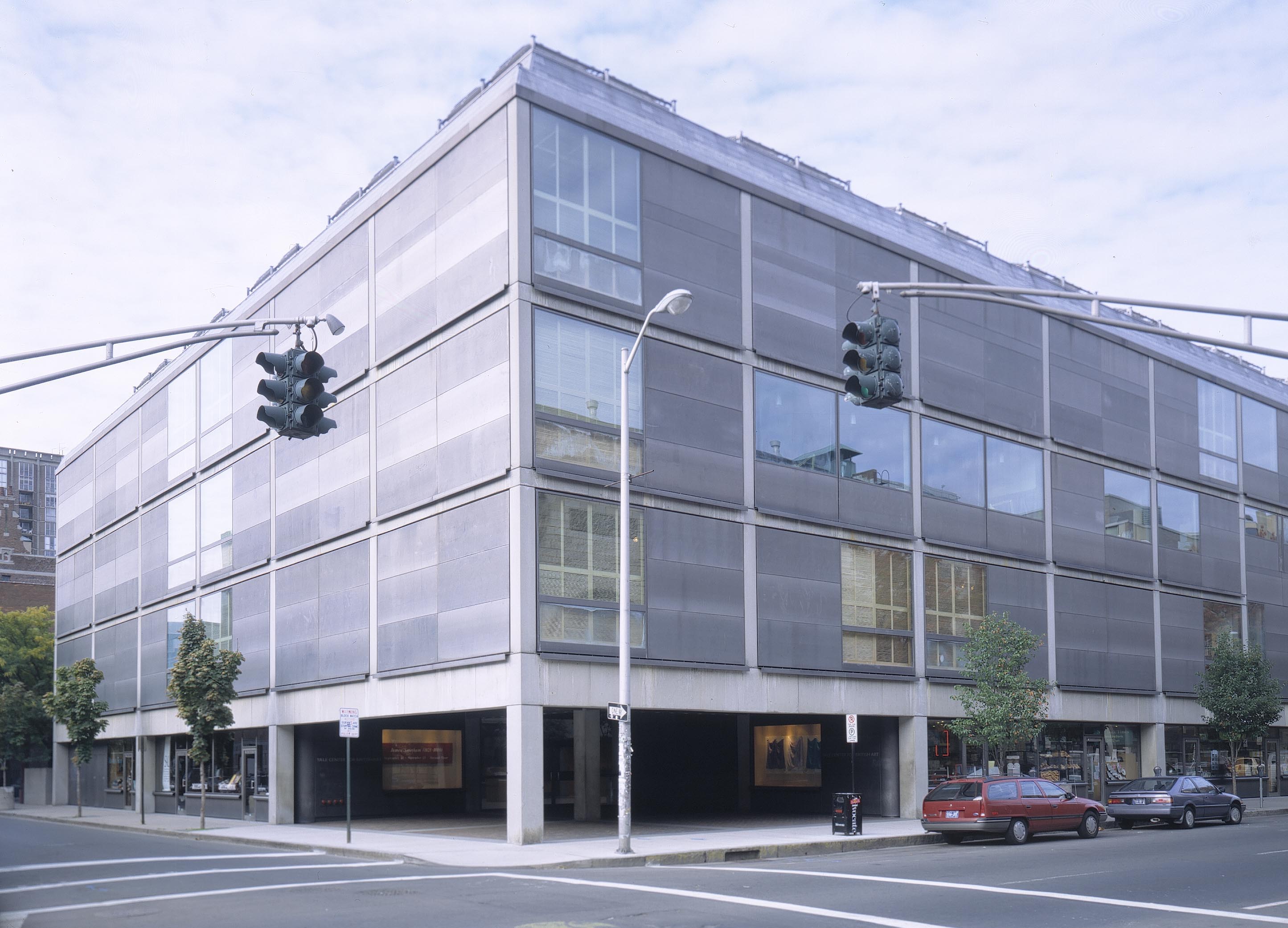Fall 2025 - Winter 2025
New Haven, CT
For the past thirty years, Guyanese-British artist Hew Locke (b. 1959) has used strategies of appropriation to reveal and upend the visual codes of imperialism. Incorporating multiple media, including sculpture, photography, drawing, and found objects, Locke’s oeuvre has been described as a “postcolonial baroque” that deconstructs and reimagines deeply entrenched iconographies of British sovereignty. His rich, dense, highly textured, and multilayered attention to materiality fuses vernacular and formal traditions influenced by his British and Guyanese heritage.
Spanning his career from the late 1990s to the present, this exhibition showcases the full spectrum of Locke’s practice. It brings together distinct bodies of work that examine the historical processes of colonialism through the present-day legacies of global market capitalism, migration, and diaspora. Key themes include public statuary, portraiture, ships, boats, and architecture, expressed through Locke’s constantly evolving use of materials and their associated status and meanings.
Born in 1959 in Edinburgh, Scotland, Locke moved with his family to Georgetown, Guyana, in 1966—in time to witness the colony declare its independence from Britain. Locke returned to Britain in 1980 and emerged as an artist during the highly politicized environment of Margaret Thatcher’s Conservative government. He received a BA in fine art from Falmouth School of Art in 1988, and an MA in sculpture from the Royal College of Art, London, in 1994. He lives and works in London.
Credit: Overview from museum website
Exhibition Venues & Dates
Fall 2025 - Winter 2025
New Haven, CT
